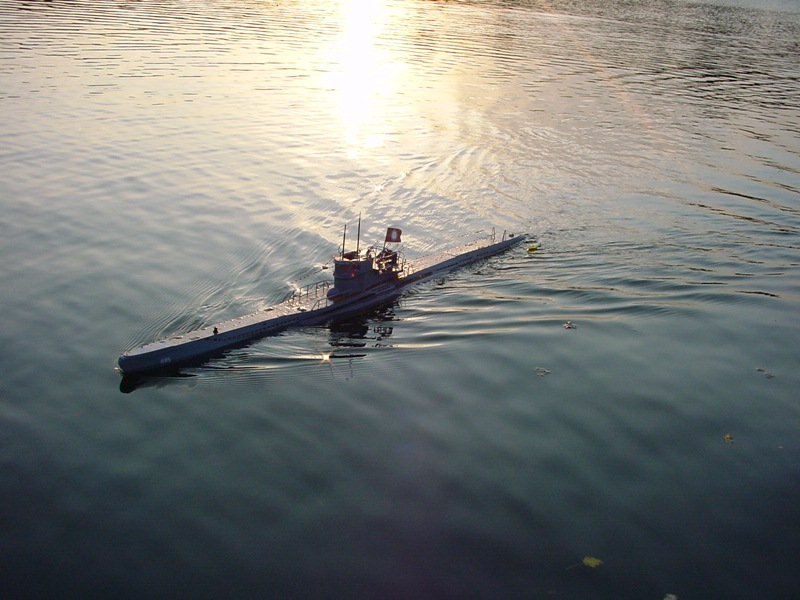

This includes Linux kernel, ramdisk and FIT images that are to be loaded by U-Boot. mkimage is used to build images that can be used with U-Boot. The mkimage utility is built along with the U-Boot executable.

Start of section headers: 3394048 (bytes into file)įlags: 0x5000200, Version5 EABI, soft-float ABIĬopy the U-Boot binary to the directory that will be used to build the boot image $ cp u-boot /home/boot/u-boot.elf Start of program headers: 52 (bytes into file) I've rebuilt the Linux Kernel without the force boot args option and use the following U-Boot commands: setenv bootargs consolettyUL0 ipdhcp rootfstypenfs root/dev/nfs rw nfsroot192.168.0. The compiled executable binary (u-boot) is an ELF file, however it will not have the. If I configure the Kernel to force the kernel boot args then U-Boot can boot the kernel fine. The bootargs variable is set in the uEnv.txt file located in the FAT boot partition of the standard snickerdoodle SD card image.īootargs=console=ttyPS0,115200 root=/dev/mmcblk0p2 rw rootwait earlyprinkīuild U-Boot Get Source $ git clone Configure with Base Configuration $ make ARCH=arm snickerdoodle_defconfig $ make ARCH=arm CROSS_COMPILE=arm-none-eabi. The bootargs U-Boot environment variable (if it exists) is passed to the kernel as boot arguments and will override the bootargs property of the chosen node in the device tree. The root parameter of the boot arguments should be set to the device file for the root filesystem disk partition. The root filesystem disk partition will need to be specified by the boot arguments passed to the kernel. A boot script can, and should, utilize the environment variables to determine filenames, memory addresses and boot mode. The default environment in the U-Boot source by defining the CONFIG_EXTRA_ENV_SETTINGS in the board configuration header file.Ī text file that utilizes the scripting capabilities of U-Boot can be wrapped with a U-Boot header and used to load and boot system components. U-Boot has support for several filesystems as well, including FAT32, ext2, ext3, ext4 and Cramfs built in to it. It supports multiple architectures including ARM, MIPS, AVR32, Nios, Microblaze, 68K and x86. Normally, U-Boot is configured to utilize the run-time configured environmental variable $modeboot. U-Boot is a popular bootloader used by many development platforms. U-Boot will load the default environment contained The scripted commands associated assigned to the $modeboot variables can be customized and saved to the environment region of the flash memory. The boot modes of interest for snickerdoodle are SD card and QSPI flash.


 0 kommentar(er)
0 kommentar(er)
